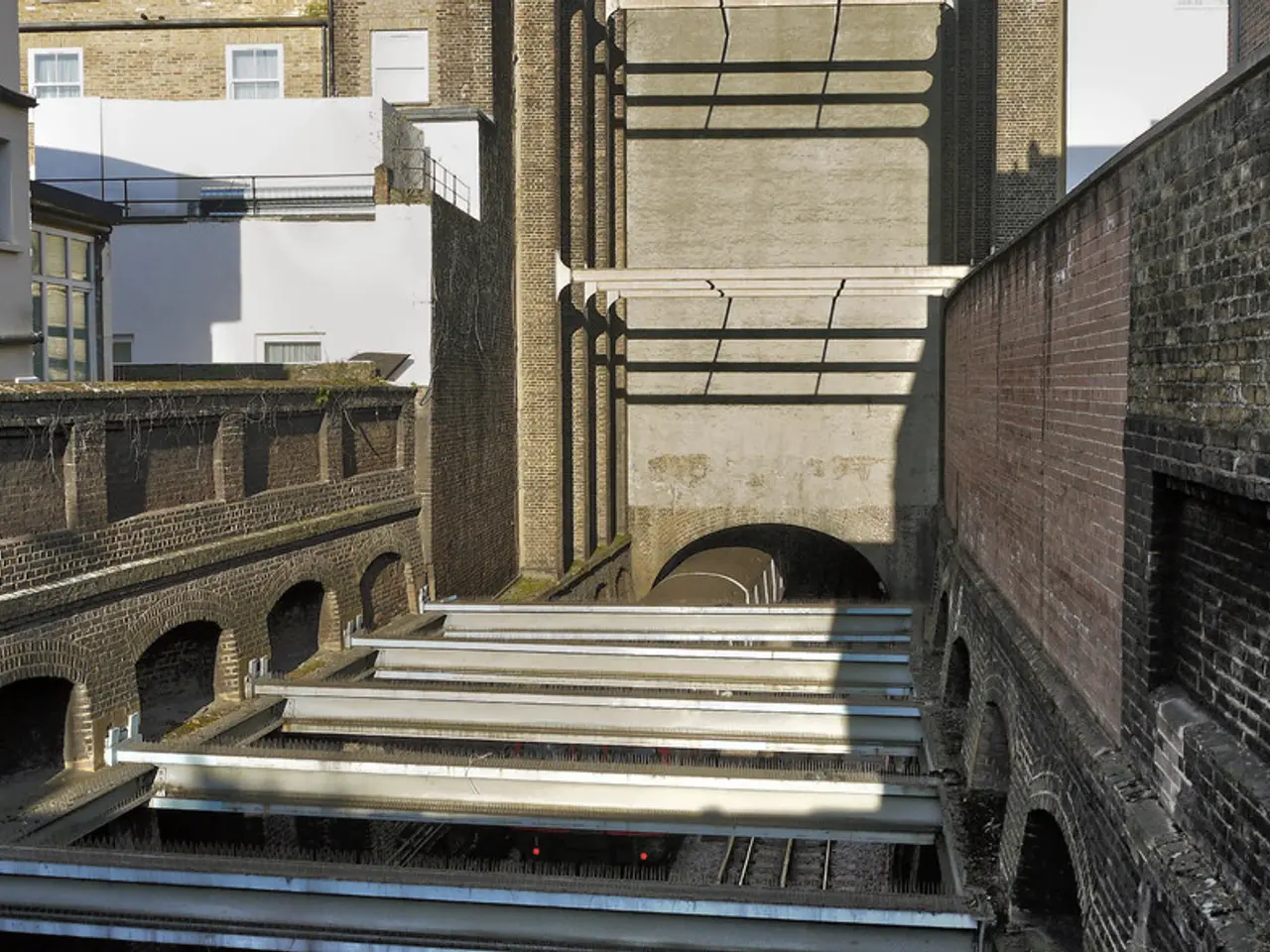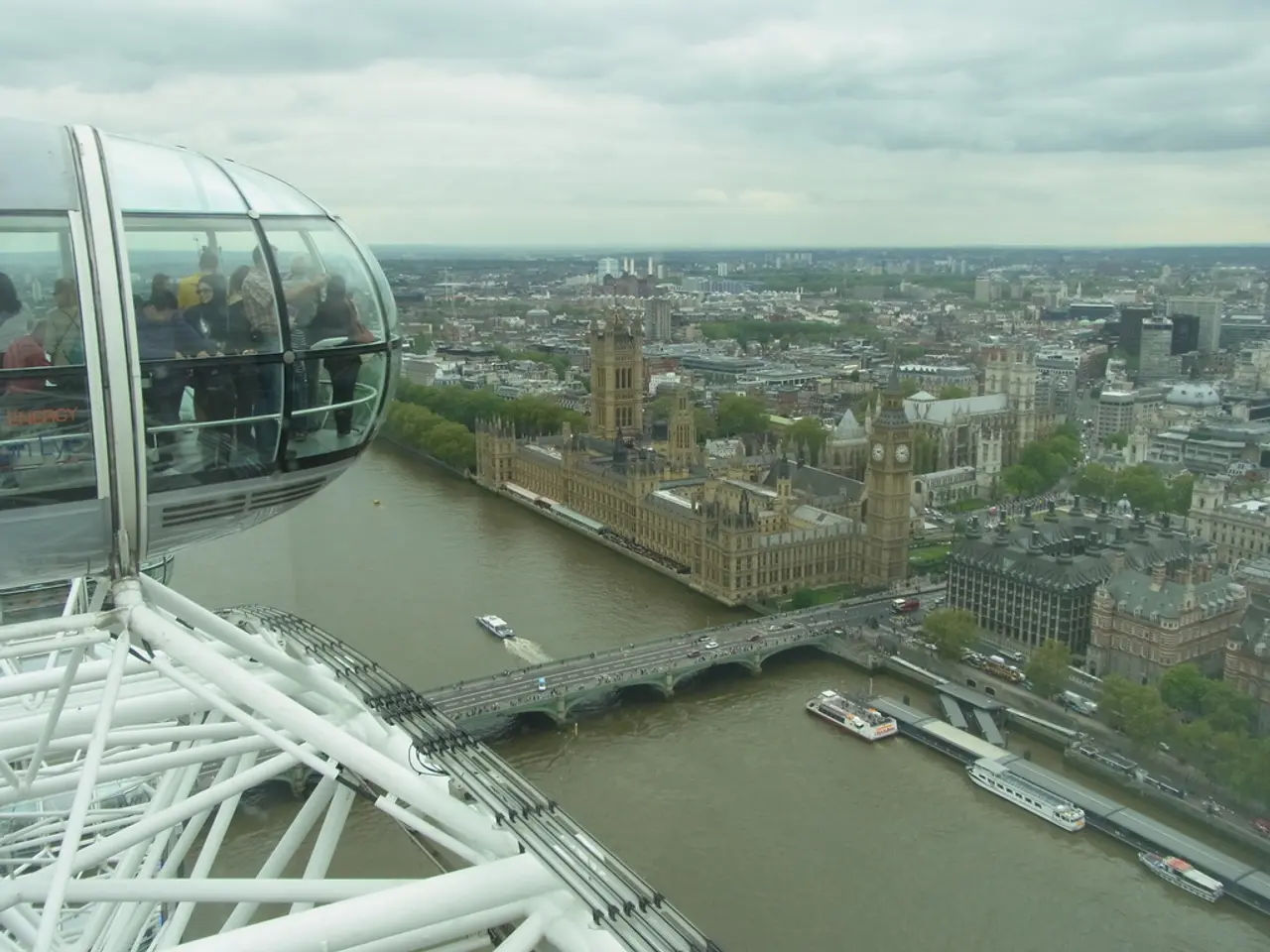Navigating the Wendelberg Tunnel by Road
The Wendelberg Tunnel, a significant part of the "Little German Corner" and a crucial traffic connection, has recently been equipped with mobile network coverage, thanks to the efforts of Deutsche Telekom. This marks a significant step towards achieving uniform 4G and 5G coverage nationwide.
Located on the federal road 21 between Schneizlreuth and Unken, immediately before the German-Austrian border, the Wendelberg Tunnel is now one of the few road tunnels in Germany to offer continuous mobile reception. Mathias Poeten, head of mobile networks at Deutsche Telekom, stated that the Wendelberg Tunnel was one of the last ten road tunnels without continuous reception.
Deutsche Telekom was the lead in the expansion of mobile coverage for the Wendelberg Tunnel. Almost 1,000 meters of glass fiber have been laid in the tunnel, with 12 fibers and rodent protection. The Wendelberg Tunnel's technical equipment was completely rebuilt for mobile network expansion. The tunnel's two niches in the emergency tunnel house the technology, protected by grate enclosures.
Regular checks are performed on even equipped tunnels to ensure the quality of service. Customers demand not only reception but the best quality, according to Mathias Poeten. The Wendelberg Tunnel now has both 4G and 5G coverage, ensuring that customers can enjoy the best possible mobile experience.
Tunnels pose a challenge for mobile network coverage due to technical issues and the need for antenna installation, cables, and repeaters. However, Deutsche Telekom constantly invests in new technology and better equipment to overcome these challenges.
The goal is to achieve uniform 4G and 5G coverage in all tunnels on highways, federal, and state roads. Deutsche Telekom aims to provide network coverage to all 420 tunnels on highways, federal, and state roads by early 2026. This effort implies collaborative infrastructure planning, but a legally unified regulation framework mandating this is still forming.
As of 2025, Germany does not yet have fully unified, binding nationwide rules for mobile network expansion specifically in tunnels. However, there are strong ongoing efforts and practical steps toward comprehensive coverage and some coordination among operators. Government, industry groups, and telecom regulators are likely coordinating frameworks for expanding mobile coverage infrastructure in tunnels due to its critical safety and transport relevance.
In summary, Germany is on track to achieve nationwide, uniform mobile connectivity in tunnels via coordinated operator efforts, regulatory support for spectrum and infrastructure, and pilot deployments. However, formal unified regulatory rules specifically for tunnel mobile network expansion appear to be in development rather than fully established yet. The early 2026 target for complete tunnel coverage by major operators shows practical unification is occurring through collaboration and infrastructure build-out programs.
A rescue shaft was completed in the Wendelberg Tunnel in 2019, ensuring the safety of all users in case of emergencies. This, along with the mobile network coverage, makes the Wendelberg Tunnel a safer and more connected part of the German transportation network.
Deutsche Telekom's investment in new technology and equipment has enabled the Wendelberg Tunnel to provide continuous mobile reception, making it one of the few road tunnels in Germany with such coverage. The Wendelberg Tunnel now offers both 4G and 5G coverage, ensuring a superior mobile experience for users.




